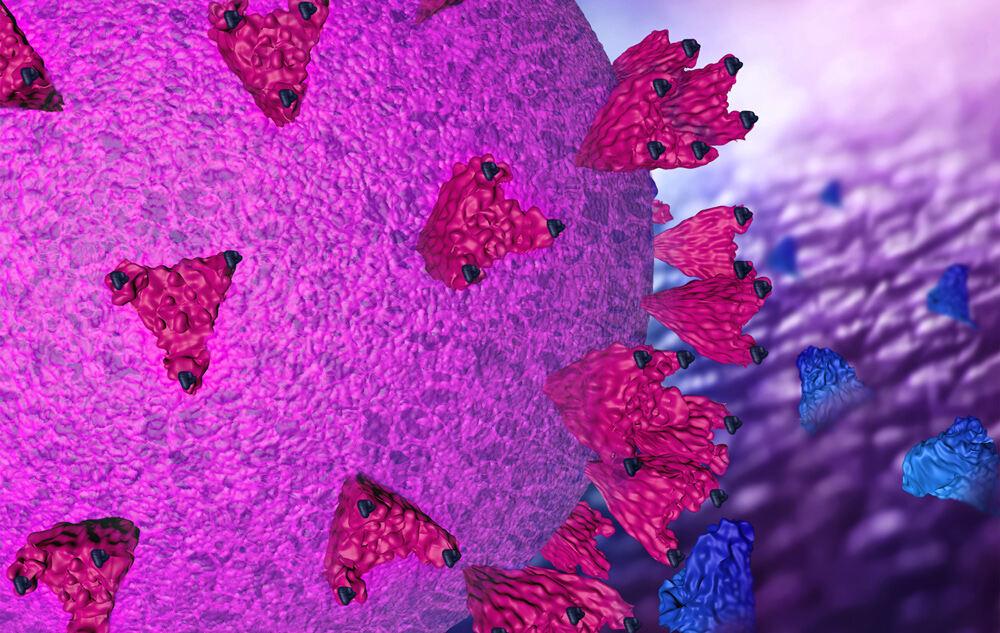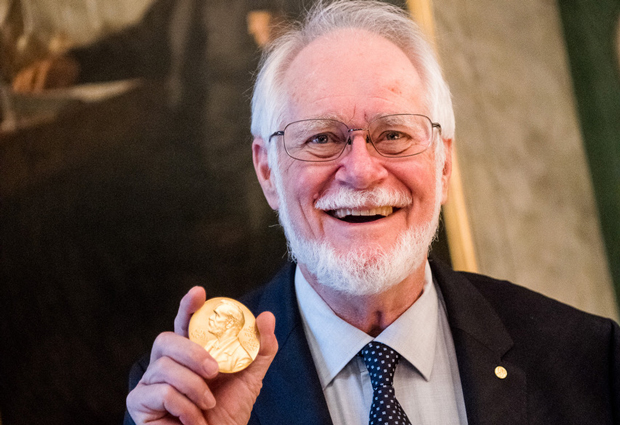EMBL continues to push methodology development further. The group of John Briggs at EMBL pioneered cryo-electron tomography (cryo-ET), a technique with origins in cryo-EM. While cryo-EM examines highly purified molecules to determine their shapes, cryo-ET allows scientists to take 3D snapshots of molecular interactions inside the cell.
This is important, because many complexes cannot be purified; information on both the structure and the location of large molecular complexes in the cell is crucial for understanding their function. Now at the Max Planck Institute of Biochemistry in Munich, Germany, Briggs was the first to achieve extremely precise visualisations of a biological structure using cryo-ET -- areas of the protein shell of HIV.
Recently, a group at EMBL led by Julia Mahamid used the same techniques to observe a key molecular machine in action: bacterial RNA polymerase, which turns the organism's genetic code into RNA and protein. Her work has been described by other researchers as "a technical breakthrough".
Mahamid highlighted the importance of EMBL in achieving these advances: "We couldn't have produced this quality of research within just three years of starting a lab without the data and support we have at EMBL. This isn't an incremental advance, but rather a jump. Cryo-EM revolutionised structural biology a few years ago. Our new approach [cryo-ET] is likely to contribute to a second revolution where you can study structures directly while [they are] still inside cells".
EMBL continues to develop imaging methods in collaboration with external research groups. "We [EMBL] help to develop methods that are relevant to questions of researchers in external universities by collaborating with them to develop cutting-edge technologies before they become accessible as a service," said Mahamid.
Recognising the facility's exceptional instrumentation, its willingness to fine-tune hardware and software as needed, and the lack of bureaucracy in accessing the service, Albert Weixlbaumer from the Institute of Genetics and Molecular and Cellular Biology (IGBMC) in Strasbourg, France, commented: "The experience at EMBL was as good as it can get. [...] The quality and amount of data we obtained is difficult to match at any of the sites I know."
In 2020, Weixlbaumer's collaboration with EMBL resulted in a study revealing insights into bacterial gene expression that was published in the top-tier journal Science.

